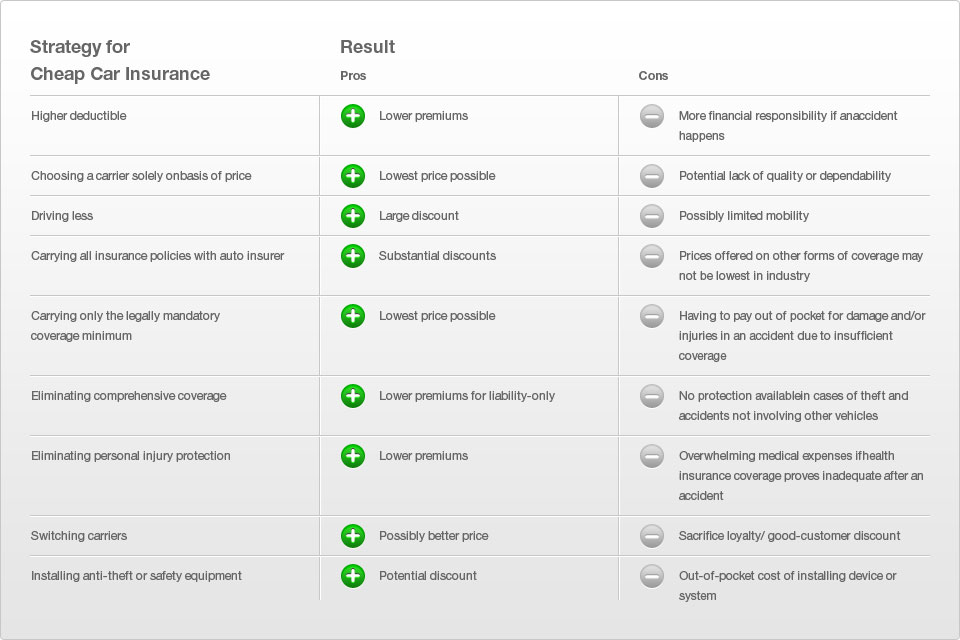Behind Closed Doors: How Car Insurance Companies Set Your Rates

In terms of car insurance, a lot of drivers often question the way their premiums are determined. The process can feel mysterious, with multiple factors influencing the rates you pay. Comprehending the intricacies of auto insurance pricing can empower you to take knowledgeable decisions when shopping for coverage.
Insurance companies use a blend of data analysis and statistical modeling to set your rates. This entails assessing your personal information, driving history, and even the type of vehicle you drive. By diving into the elements, we can uncover the factors that contribute to calculating those rates and steps you can take to possibly lower them.
Factors Affecting Insurance Premiums
When it comes to calculating your car insurance rates, various key factors come into play. One of the main considerations is the driving history. A clean record with no accidents or traffic violations often signals to insurers that you are a lower risk, resulting in more favorable premium rates. On the flip side, if you have accidents or speeding tickets on your record, you may end up facing higher premiums as insurers consider you as a greater risk on the road.
Another crucial factor is your geographic location. Insurance companies analyze the area where you reside and drive to assess the likelihood of accidents, theft, or vandalism. City areas often have elevated crime rates and more traffic congestion, which can result in greater insurance costs. On the other hand, rural areas might see lower premiums due to fewer traffic and lesser claims, reflecting a lower risk to the insurer.
Personal characteristics also play a important role in determining the premium. Factors such as how old you are, gender, and marital status can influence rates. Teenage drivers, particularly males, often face higher insurance costs due to statistical data showing they are at greater risk of accidents. Married individuals or senior drivers may have lower rates as they are generally seen as less risky. In addition, the type of vehicle you drive and its safety ratings can further affect your insurance costs.
The Importance of Insurance Underwriting
Underwriting is an essential aspect in assessing car insurance rates, serving as the method by which insurance companies assess the likelihood of insuring a certain driver. When you seek auto insurance, underwriters analyze various factors, like your past driving behavior, financial rating, and the type of vehicle you drive. This analysis helps insurers anticipate potential claims and set premiums accordingly. A favorable driving record with minimal accidents or violations often produces reduced rates, while a record of claims can lead to increased costs.
In addition of individual driver data, the underwriting process also takes into account outside factors such as geographic location and market trends. For best car insurance near me , a driver living in an area with a high incidence of accidents may encounter increased premiums. Insurance underwriters also factor in the make and model of the vehicle, as some cars are more prone to theft or expensive to repair, affecting the overall risk. These extensive assessments guarantee that rates represent an appropriate level of risk for each policyholder.
Furthermore, underwriting processes have changed with tech advancements. Insurers now utilize complex algorithms and data analytics to refine their assessments and boost accuracy. This progress allows for a more personalized approach in setting premiums, enabling for insurers to present competitive rates while ensuring profitability. Ultimately, underwriting is a essential function that balances the interests of the insurer and the insured, eventually influencing the landscape of car insurance pricing.
Methods to Lower The Car Insurance Rates

A effective way to lower your car insurance rates is by shopping around for the most affordable deals. Insurance companies offer a diverse rates depending on multiple factors such as your driving history, vehicle type, and zip code. By looking at quotes from various providers, you can find a plan that gives the same coverage for a lower price. It’s advantageous to check for discounts that some insurers provide, such as those for safe driving, bundling policies, or being member of certain organizations.
An additional strategy to cut your auto insurance costs is to boost your deductible. The deductible is the sum you pay out of pocket before your insurance activates for a claim. By selecting a higher deductible, you can typically reduce your monthly premium. However, it is crucial to ensure that the deductible you choose is an amount you can comfortably afford in the event of an accident. Aligning your deductible with your overall coverage needs is key.
Finally, considering your car's safety features and its insurance rating can significantly affect your rates. Vehicles equipped with high-tech safety features, such as anti-lock brakes, airbags, and security systems, often are eligible for discounts. Additionally, opting for a car model that has a proven track record of safety and low repair costs can lead to cheaper premiums. When acquiring a vehicle, it’s wise to research its insurance ratings and choose one that will help you save on auto insurance.
